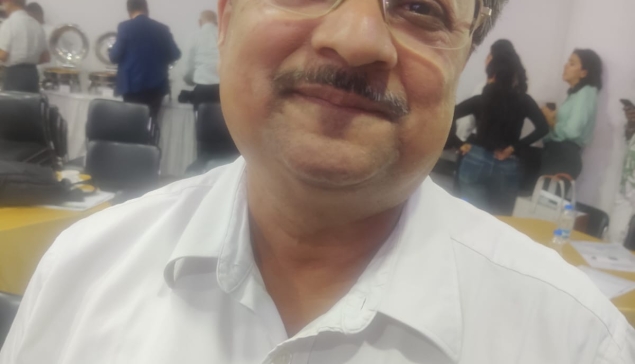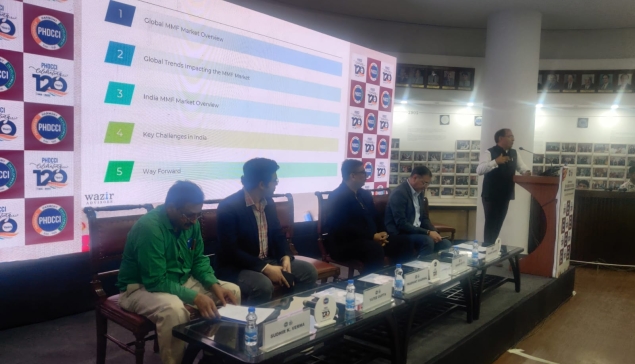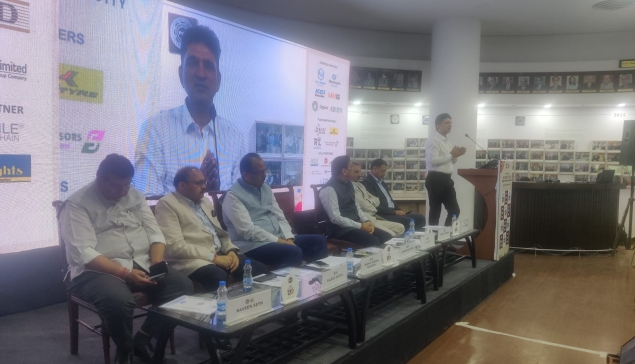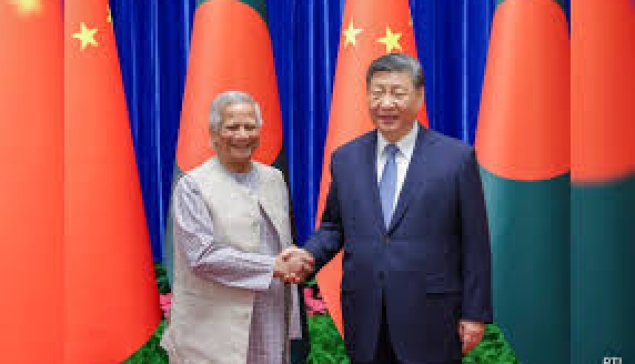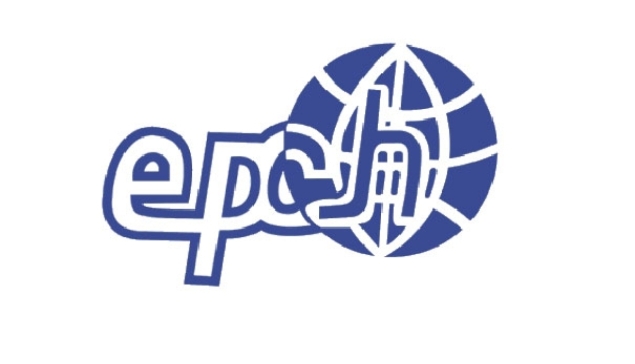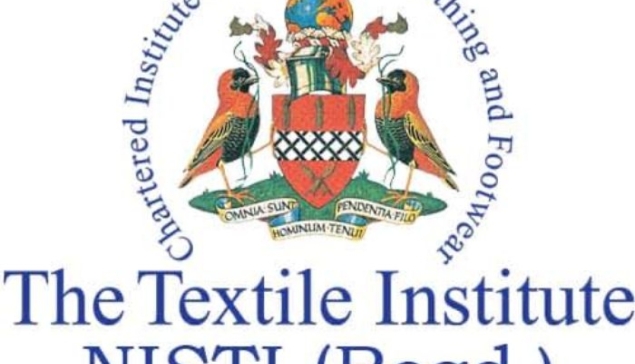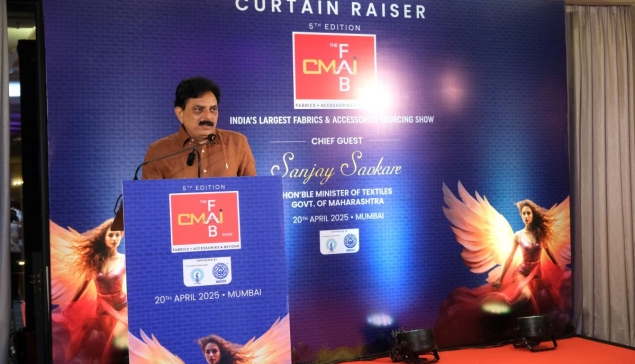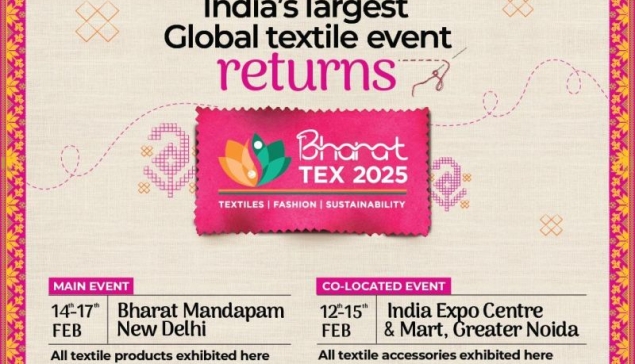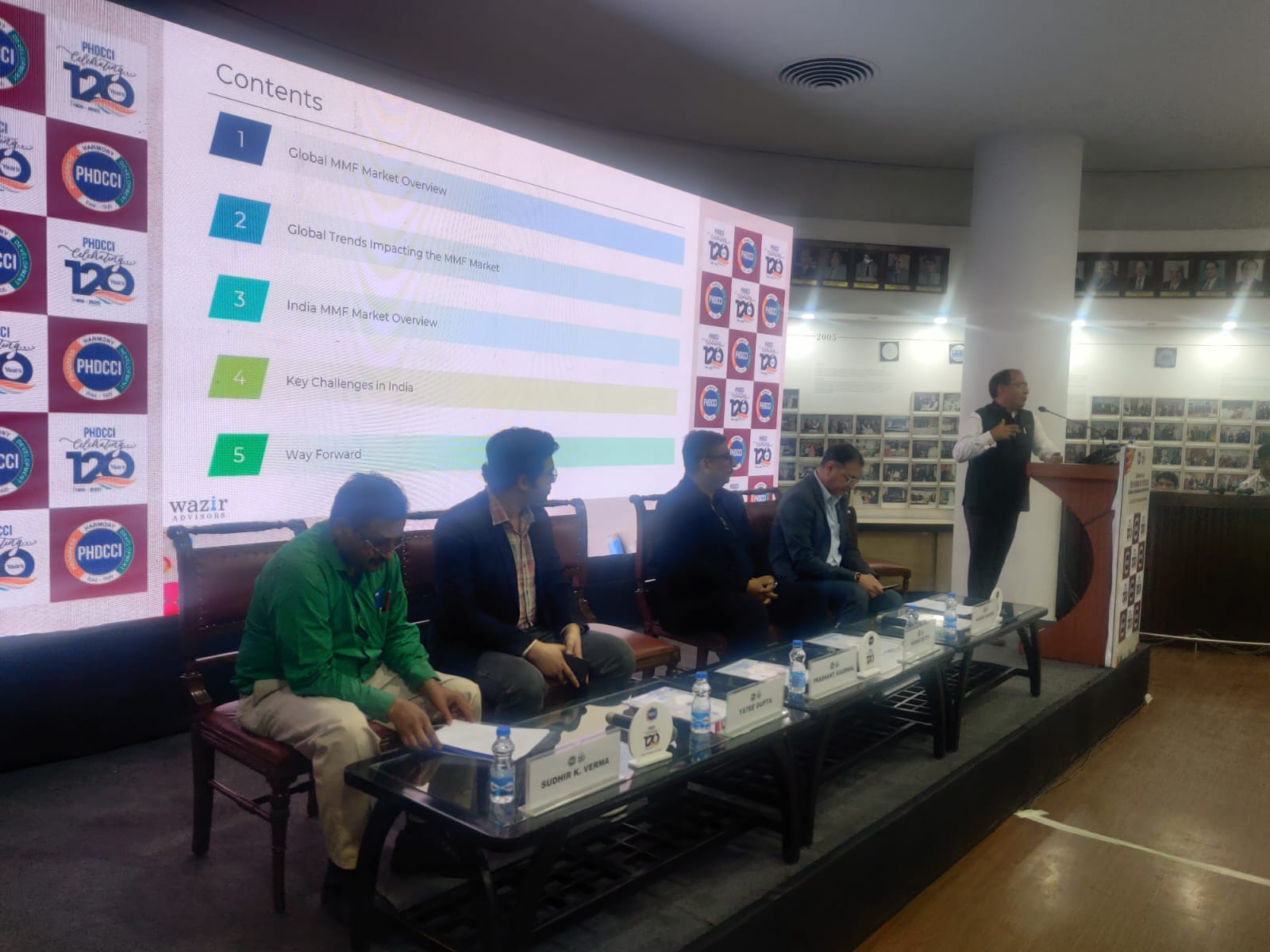Prashant Agarwal, Joint Managing Director of Wazir Advisors, delivered a compelling address at the PHDCCI Man-Made Fibres Conference in New Delhi on April 22, 2025, highlighting critical shifts and opportunities shaping the future of India's synthetic textile industry.
Let’s talk opportunity—because it’s enormous. Globally, in 2023, fiber demand hit 108 million tons. Of that, cotton accounted for just 21%. Synthetic fibers? A massive 78%—and that’s set to rise to 80% by 2030.
So here’s the question: do we want a bigger piece of that 80% or limit ourselves to cotton’s 20%?
It’s not about abandoning cotton—it’s vital. But India must grow in both. Just like we’re leading in IT services, we must now create global-scale businesses in manufacturing. Our goods exports—currently $437 billion—should cross $1 trillion. China is already at $3 trillion. We need to double every five years.
In garments, knitted synthetics offer huge export potential—yet India lags behind. Comfort wear is now a lifestyle, not a trend. Athleisure and activewear aren’t just for gyms; they’re for daily life, social settings, and even parties. And these segments rely on synthetics, not cotton.
We dominate U.S. home textile exports in cotton-based bedsheets and towels, with over 60% share. But when it comes to synthetics? China holds over 90%. Even top Indian players aren’t there.
Join our group
Why do we assume bedsheets must be cotton? Synthetic home textiles represent a $3.4 billion trade, and we’re missing out.
Here’s the mindset shift we need: synthetic is not the “poor man’s fabric.” It enables performance—moisture-wicking, cooling, breathability, and smart textile innovations like microcapsules that regulate body temperature. Cotton can’t match this versatility. If you’re not focused on product development in synthetics, you won’t last.
Even premium brands—sportswear giants—wear and sell 100% synthetics. Not because of logos or marketing, but because the performance is superior. If polyester weren’t the best option, they wouldn’t use it.
Recycled polyester is also growing—now 9% of total polyester fiber, projected to reach 14%. Chemical recycling is the next frontier, and Indian companies are stepping up.
On the trade front, China dominates MMF exports. But the geopolitical landscape is shifting. India’s trade tariffs are competitive—just 26%, compared to Vietnam’s 46% and Bangladesh’s 37%. Buyers are looking at India more seriously. But to seize the moment, we need capacity. If you’re not ready when opportunity knocks, you miss out.
Just look at the brand growth in India: Adidas is up 28%, Decathlon 35%, and Uniqlo a staggering 43%. They’re not just selling here—they want to source from here. But remember: no brand will give you their full range to supply. We must build ecosystems, not individual factories, that can serve global needs.
Indian fiber consumption today is 39% cotton and 61% MMF. We’re slowly aligning with the global 70:30 synthetic-to-cotton ratio. That’s the path forward.
Import substitution alone demands urgency—$1.4 billion worth of fabric is still being imported. Replacing this would take over 15 new plants. Just in knit fabric, we import $1 billion annually—and it’s growing.
Here’s the real challenge: scale. Buyers used to sourcing from 3,000-machine factories in China won’t shift to a 500-machine unit in India. To replace China, we need scale, product diversity, skills, and timely service.
And let’s be clear: service includes delivery. A 15-day delay isn’t just a production hiccup—it’s a lost season, discounted sales, and broken trust. Production and marketing teams must honor delivery timelines with absolute discipline.
India is at a crossroads. We can become a global leader in synthetics and MMF if we think big, move fast, and deliver with consistency. The opportunity is here. Are we ready?

